Linear inground lights are used to for ground-recessed lighting applications where they produce controlled beams of light to create a cohesive spatial experience and underline the desired character of the environment they serve. They are designed to be installed flush with the level of the ground, driveways, pathways, or hardscape surface. The recessed installation allows the fixtures to blend in with the surroundings, without altering the visual composition of urban and architectural environments.
Available with symmetrical or asymmetrical light distribution, linear recessed ground lights are versatile to accommodate a variety of architectural and landscape lighting applications. Inground uplights are used as accent lights to transform landscape elements, such as a shrub, tree or sculpture, into visually dramatic features.
Uplighting with narrow, rotationally symmetrical beams from below is the most common technique to draw the eye out into the object being featured.
An upwards directed beam with asymmetrical light distribution in a medium to deep setback distance can be used to achieve wall washing effects. The smooth wash of light flattens the visual appearance of a vertical surface and creates a backdrop for the main focal points. Uplighting from an acute angle to the vertical surface creates wall grazing effects.
Light grazing is used when the texture or surface dimension of walls or architectural element (such as a stone or brick retaining wall, a privacy fence, a stone wall, climbing ivy, etc.) needs to be accentuated.
When designed as direct view fixtures, linear inground lights act as boundary markers or provide visual guidance.

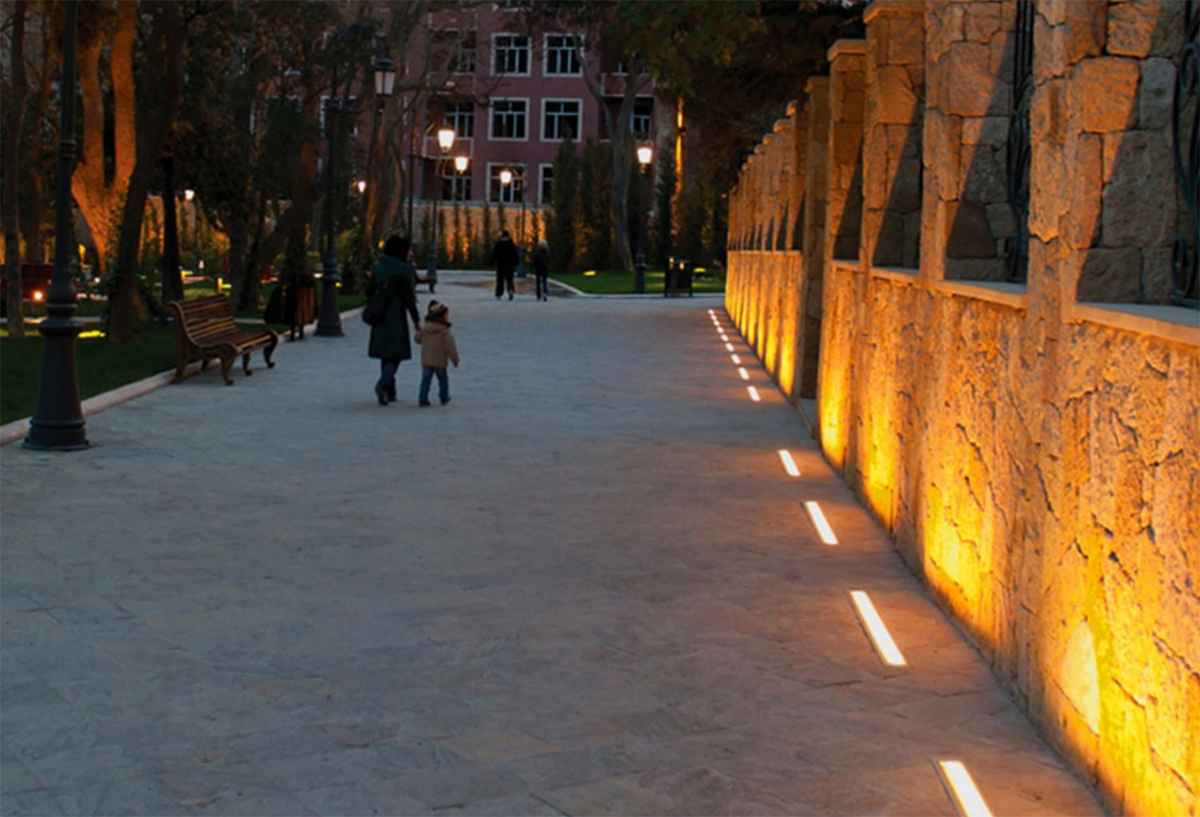


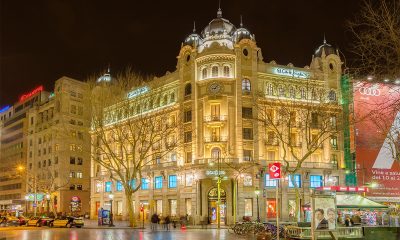
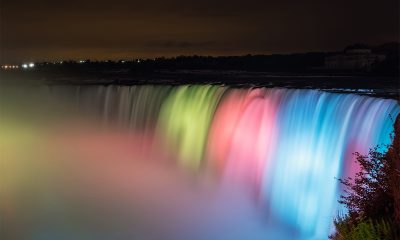
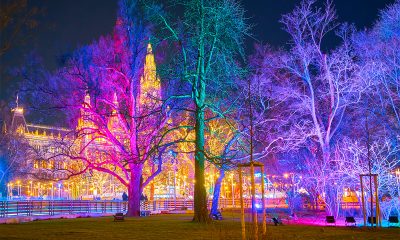
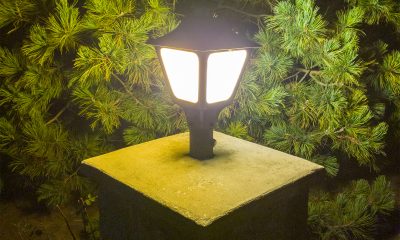
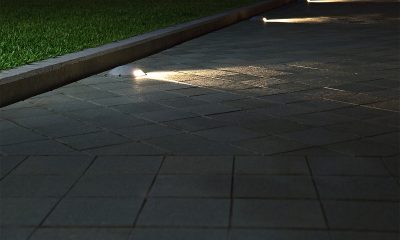
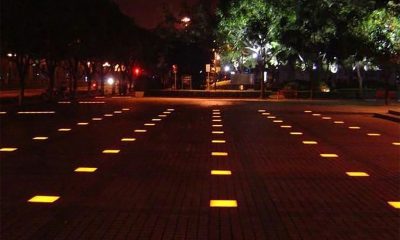
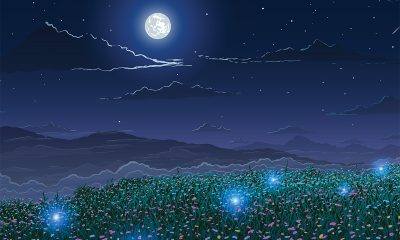
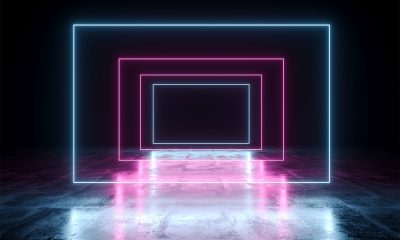
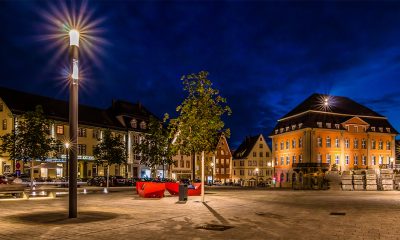





Loading...